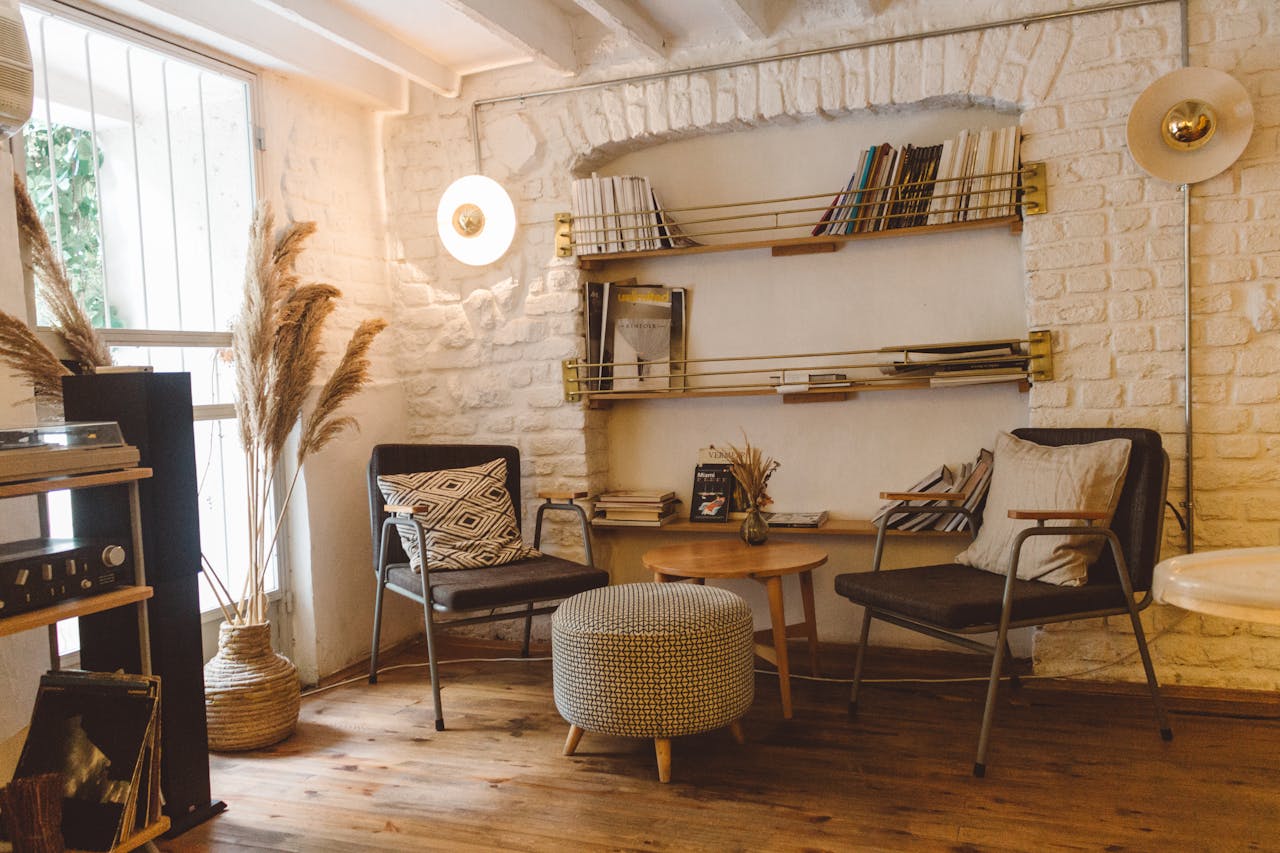Creating a Positive Home Environment for Mental Wellbeing
A home is more than just a place to live; it’s a personal sanctuary that can significantly influence your mental wellbeing. Creating a space that nurtures positivity, calm, and comfort can make a world of difference in how you feel every day. Here are some practical tips on how to create a home environment that supports mental wellness.

Declutter for Peace of Mind
A clutter-free home promotes a clutter-free mind. Research has shown that a tidy environment can reduce stress and boost focus, helping us feel more in control of our surroundings.
-
Start Small: If decluttering feels overwhelming, tackle one area at a time. Begin with a drawer or a countertop and gradually work through each room.
-
Keep Only Essentials: Evaluate what you truly need and use. Having fewer items around can simplify your daily life and make your space feel more open and calming.
-
Organize Creatively: Use storage solutions that work well with your aesthetic, like decorative baskets or shelving that doubles as décor.
Maximize Natural Light
Natural light has a proven positive impact on mood, energy, and even productivity. Increasing the amount of sunlight in your home can create a more uplifting and soothing atmosphere.
-
Open Your Curtains: Let sunlight in wherever possible. Sheer curtains are a great way to filter light while maintaining privacy.
-
Position Mirrors Strategically: Mirrors reflect light and can make your space feel brighter and more spacious. Try placing them across from windows to enhance natural light.
-
Use Daylight Bulbs: In rooms where natural light is scarce, daylight bulbs can simulate sunlight, giving a warm and welcoming glow that helps improve mood.
Incorporate Soothing Colors
Color has a direct influence on mood and energy levels. Soft, natural colors often help create a sense of calm, while brighter colors can energize and uplift.
-
Cool Tones for Calmness: Shades of blue, green, and lavender are known for their calming effects and are ideal for areas like bedrooms and bathrooms.
-
Bright Accents for Energy: If you want a boost of positivity, consider adding warm, vibrant accents like orange, yellow, or pink in shared spaces or home offices.
-
Consistency is Key: Try to maintain a cohesive color scheme throughout your home to promote a feeling of harmony.

Incorporate Nature Indoors
Bringing elements of nature into your home can reduce stress, boost mood, and even improve air quality. Plants and natural elements create a more balanced and serene environment.
-
Add Indoor Plants: Choose plants that are easy to maintain, like snake plants, pothos, or succulents, which can thrive in low-light conditions and require minimal care.
-
Incorporate Natural Materials: Use materials like wood, stone, or clay in your furniture or décor. These natural textures can ground your space and bring a calming, earthy vibe.
-
Open Windows Regularly: Fresh air not only feels revitalizing but can improve indoor air quality, keeping your home feeling fresher and more pleasant.
Create Dedicated Relaxation Spaces
Having a go-to space for relaxation or mindfulness practices can help you unwind and recharge. It doesn’t have to be a large space—just somewhere you can retreat to for peace and quiet.
-
Set Up a Cozy Corner: Use a corner of your living room or bedroom to place a comfy chair, some throw pillows, and a blanket. This can serve as a reading nook or a meditation spot.
-
Add Aromatherapy: Scents like lavender, eucalyptus, and chamomile are known for their calming effects. Use a diffuser or scented candles to fill your space with relaxing aromas.
-
Make it Tech-Free: Keep distractions at bay by designating your relaxation area as a no-phone or no-TV zone. This can help promote mindfulness and a more restful experience.

Use Personalized Décor
Surround yourself with items that bring you joy and reflect your personality. When you fill your home with things you love, it becomes a sanctuary uniquely suited to you.
-
Photos and Mementos: Display photos of loved ones or souvenirs from memorable trips. These small personal touches can evoke positive memories and emotions.
-
Inspiring Art and Quotes: Consider adding art pieces that speak to you or quotes that uplift and inspire. Visual reminders can provide comfort and positivity.
-
Rotate Decor Seasonally: Changing up your décor with each season can add a refreshing touch to your home. It’s also a great way to keep your space feeling new and stimulating.
Maintain a Clean, Organized Space
A clean home can have an immense impact on mental clarity and comfort. Aim for a space that feels refreshing, not overwhelming.
-
Adopt a Cleaning Routine: Regularly tidying up, even if it’s just a little each day, can keep your space feeling organized without overwhelming you.
-
Address High-Traffic Areas First: Focus on maintaining high-traffic areas like the kitchen and living room. Clean these areas frequently to help maintain order and tranquility.
-
Involve Everyone: If you live with others, establish shared responsibilities for keeping the home clean and organized. When everyone contributes, it’s less stressful and more manageable.
Mindful Technology Use
While technology brings many conveniences, excessive use can impact our mental health. Creating a balanced approach can help you stay present and reduce stress.
-
Designate Tech-Free Times: Consider setting aside tech-free hours each day, especially in the morning and before bedtime, to support better focus and relaxation.
-
Organize Cords and Devices: Keep cords and chargers out of sight where possible. A cluttered tech setup can create visual distractions, while an organized setup feels more serene.
-
Curate Positive Content: Whether it’s music, podcasts, or online articles, make sure what you consume in your home brings value and positivity to your life.
Conclusion: Nurturing Mental Wellbeing at Home
Your home should be a place of rest, rejuvenation, and inspiration. By incorporating thoughtful design choices and creating dedicated spaces for relaxation, you can transform your home into a positive environment that fosters mental wellbeing. Small changes, done mindfully, can lead to significant improvements in your everyday mood, energy, and overall quality of life. Remember, it’s all about making your home a place that feels uniquely comforting and supportive to you.












